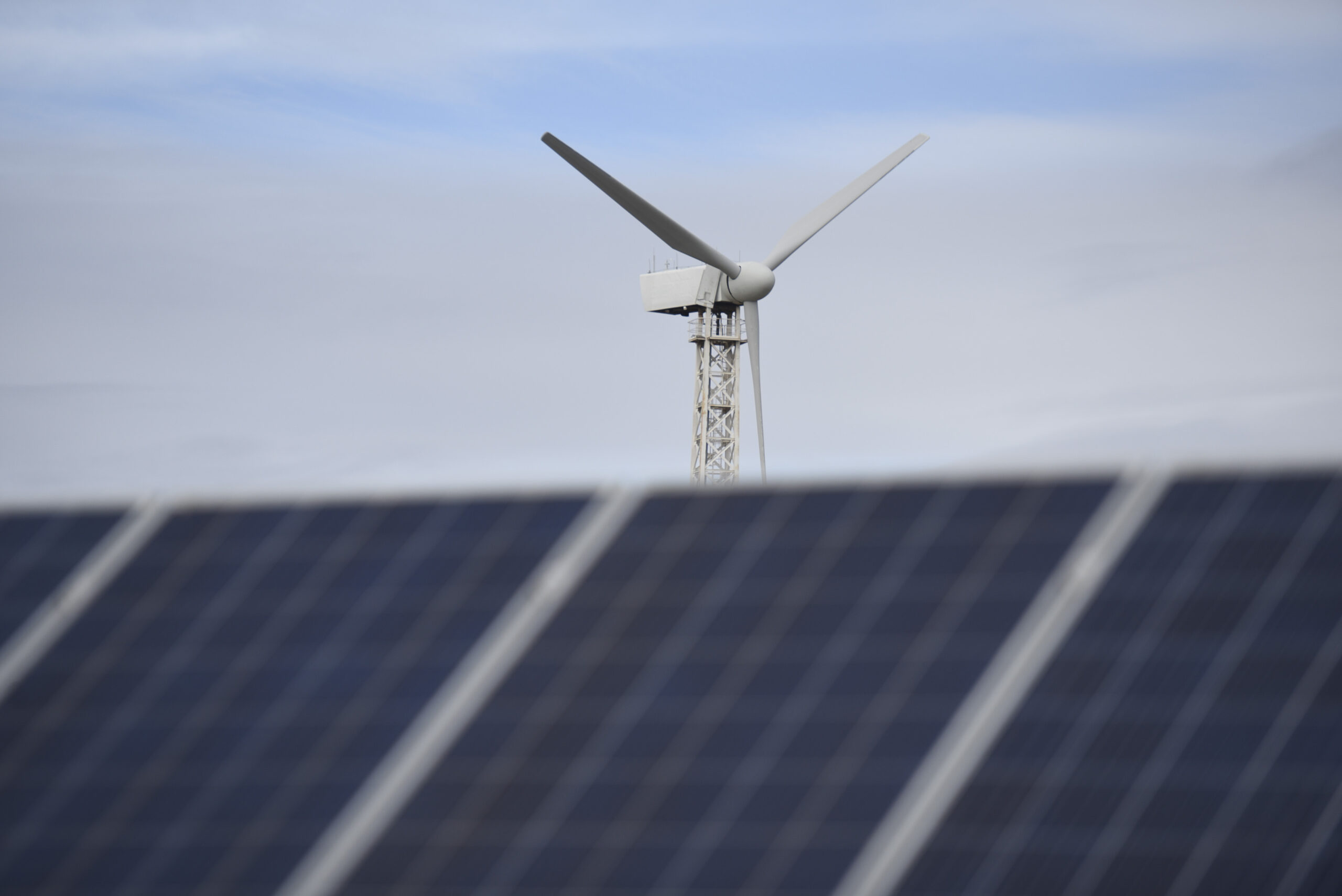Storage technologies for transport and insular systems in SINNOGENES project
Several experts gathered for a webinar to explore innovative solutions for energy storage and management, especially in island and transport systems.
Key points for solutions within the projects
One of the projects highlighted during the event was SINNOGENES: This project develops and evaluates state-of-the-art storage and flexibility technologies to support the transition to a green energy system in Europe.
During the seminar, the Artelys Crystal Super Grid modelling tool, which shows its effectiveness in analysing the role of storage technologies in bringing flexibility to the European energy system, was highlighted in the framework of the SINNOGENES project. This tool can be used by various stakeholders, including energy producers and distributors.
Another important point developed by the experts was about AI-based services for electric vehicles (EVs) in Geneva: to facilitate the management of transport fleets and synergy with energy grids, in a hydrogen-oriented environment located in Geneva (Switzerland).
Challenges for insular systems
The challenges for island systems were not far behind. The integration of renewable energy sources and storage solutions on remote islands presents unique challenges. These challenges include logistics, geography, balancing intermittent renewable energy sources and social acceptance.
Said by one of the experts during the webinar: “Usually R&D projects focus on the technical and scientific aspect, but since we are also talking about full-scale application, the main challenge is to take into account the social aspects and the involvement of citizens, because sometimes, as technicians, we do not really understand the local needs, and if not, the social science part has to be taken into account as well.
In conclusion, the webinar offered a glimpse into the future of energy management. Projects like SINNOGENES are developing innovative storage solutions and AI-powered tools to create a greener and more flexible European energy grid. However, successfully implementing these solutions requires overcoming logistical challenges faced by island systems and, more importantly, considering the social aspects and concerns of local communities. By bridging the gap between cutting-edge technology and real-world needs, we can build a more sustainable energy future for all.



